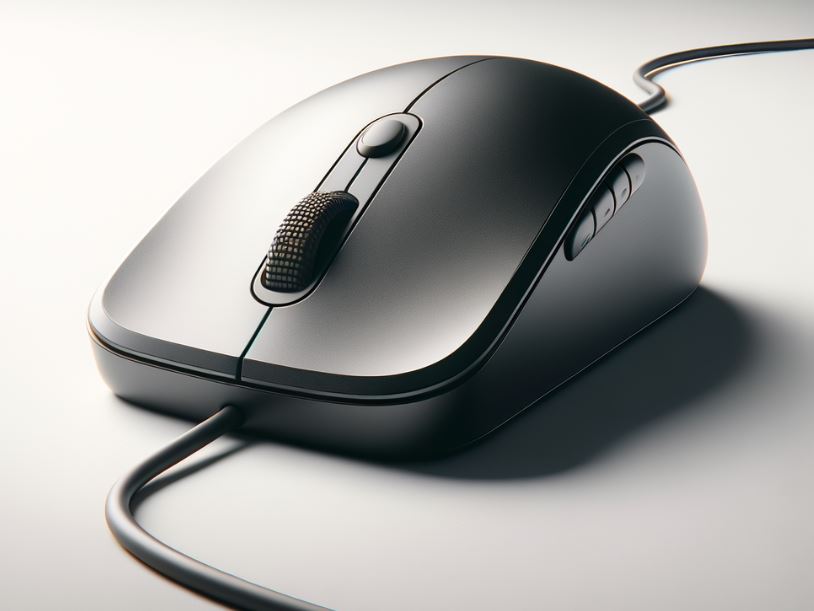While the traditional horizontal mouse design has served computer users for decades, mounting evidence shows its poorly aligned posture can contribute to repetitive strain issues over time. As an alternative, vertical or ergonomic mice have emerged optimizing neutral hand and finger positioning.
What Defines a Vertical Mouse?
Unlike a standard horizontal mouse where the palm rests parallel to the desk, vertical mice stand tall with the body pointing straight upwards. This upright orientation angles the wrist into a more neutral position similar to handwriting.
Ergonomic Design Features
Beyond just rotation, ergonomic mice refine traditional designs with features minimizing strain:
- Contoured shapes cradling natural curvature of hand
- Split buttons easing finger extension travel distance
- Textured grips enhancing control without tension
- Adjustable palm rests fitting various hand sizes
Health Benefits of Vertical/Ergonomic Mice
By reducing abnormal wrist protrusion, these mice aim to help:
- Lessen risks of carpal tunnel or tendonitis over long use
- Distribute motions more evenly across entire forearm
- Improve circulation to hands through natural finger posture
- Reduce stress on small hand muscles controlling mouse
Popular Ergonomic Mouse Models
Here are some proven vertical/ergonomic options:
- Anthropic Ergo Mouse – Minimal cord drag via pulley system.
- Evoluent Vertical Mouse 4 – Trackball variant maintains vertical wrist position.
- Contoured MX Vertial – Soft grips evenly distribute pressure.
- Kensington Expert – Adjustable height and angle suits all hand sizes.
- Logitech MX Vertical – Smooth vertical scroll wheel refines experience.
Transitioning to Vertical Mouse Usage
Shifting to this posture does require some adjustment time:
- Finger muscles need strengthening for button presses.
- Pointer/wrist muscle memory must build up for navigation.
- Take periods to remind yourself not to revert to horizontal grip.
- Focus on supporting wrist on pad rather than hovering.
Sticking with it regularly allows natural incorporation of healthier positioning into daily use within just a couple weeks.
Complementary Ergonomic Gear
Pair a vertical mouse with additional accessories emphasizing posture:
- Adjustable standing desk to alternate sitting/standing.
- Wrist rest cushion keeping forearms straight.
- Split keyboard relieving finger extension strain.
- Laptop riser elevating viewing angle for neck relief.
Finding the Right Fit
Consider hand size, budget and specific tasks when selecting among vertical/ergonomic mice. Proper posture pays off in reducing long-term fatigue and repetitive strain issues.

